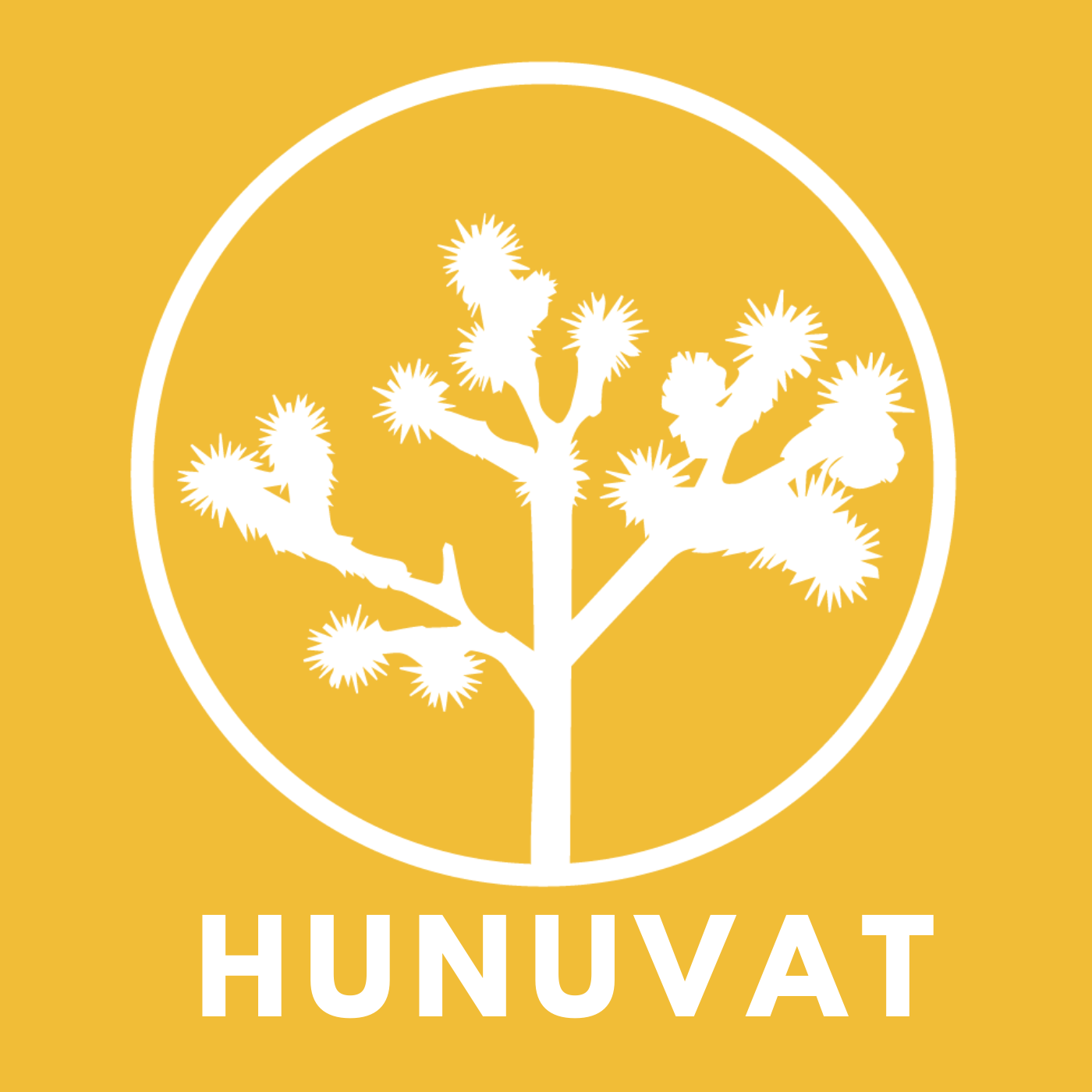Amsterdam. AIDS 2018. And the End of AIDS (Conferences)?
Its July, and it is unseasonably hot in Amsterdam. Thousands of activists, scientists, policy makers and health professionals are descending on the city for the 22nd Global Conference on AIDS – AIDS 2018.
For the next nine days, conference delegates will charge through early mornings and late nights in search of the latest nugget on the AIDS epidemic and its response. This is not a scientific conference – although the science presented here is the beating heart of everything else – the activism, the arts, the programs and performances, the cacophony and celebrities – all of them fight for top billing. The really smart cookies know how to dip in and out of different conference tracks. Collecting tit-bits from here and there, to create a mosaic of where we collectively stand against one of the greatest threats to humanity of our generation.
I confess I am fairly short sighted, so the key issues I’m squinting at on the end of my nose are:
- What’s the story with dolutegravir? This new generation HIV medicine, an integrase inhibitor, was supposed to be highly effective, highly safe and very affordable. It would thus become the backbone of global HIV treatment regimens, along with tenofivir and emtricitabine. Except now we are seeing some signs of neural tube defects. How serious are these signs? What effect will they have, and should we be looking at alternative drugs from the same class or beyond?
- PrEP for everyone? Are we really witnessing an unprecedented uptake in its use around the world? Articles in the New York Times suggest that this up-take may not be as rapid as we hoped for in the US. We hear a lot about its availability for (mostly white) gay men in the US and Europe. But what about Taiwan, Peru and Zimbabwe? And, critically, what about strategies for promote its availability for women?
- U=U. Its an issue Ive written about before, and have a child-like awe for; that a person living with HIV, when virally suppressed with long term HIV treatment, no longer sexually infects a partner. This is game changing, and so in Amsterdam I want to see how far U=U has established itself as the fountainhead of the global HIV treatment response. There may even be cause for optimism that international normative agencies will be incorporating U=U into their guidelines. All of this, is in large part, because of the dedication of activists in the Global North and South. It’s a testament to what activism can do, when it puts its mind to it.
- 909090. Yes, I know. But to be honest, Im only interested in the first 90 (the percentage of people with HIV who test and know their status). We have placed it in splendid isolation in recent years and just ignored it. This year, will new strategies be reaping the rewards of connecting new people at risk with HIV services? Or are we just testing the same old grannies from Grantham, Guateng and Gunagzhou?
What am I not interested in? The Condom zone for a start. And I have some of those noise eliminating headphones to wear as I slip past their booth, staring avidly at the ground, so I don’t make eye contact with the bright young things talking into hip ear-attached microphones. The volume and excitement of their voices shake the very foundations of the conference center, and detract you from the conversation or thought you may be having. And no, frankly Im too tired and too old to learn how the deep-purple ribbed condom is supposed to work. In fact, I could tell you from the experience of a very good friend that it doesn’t actually work.
I am not going to talk about the orange advertising spread out across the city like an untreated yeast infection, proclaiming the the unkept promises demanded from a certain US private pharmacy.
I am not going to talk about squeezing even more efficiencies to make the existing, and stagnating funding for AIDS go further. Undoubtedly we can and should do so. But the big message this year, and going forward, is that our complacency in investment and implementation is risking everything we have fought for.
The elephant is in the room, well, more like a thermonuclear explosion threatening to go off over our heads. Do we continue to fool ourselves into believing that AIDS is (almost) over. Do we really believe it is all done, bar the acceptance speeches at the Nobel Prize award ceremonies? Or do we accept that we are witnessing a rapid slide into crisis? We have seen the promised land of a world “free of AIDS” (if not free of HIV) and we have turned away, become distracted and complacent, and started walking in entirely the opposite direction.
We, rightly, have the debate on whether we need to wheel out this global health version of “Burning Man” to a new city every two years. On balance, I rather like that the unruly, utterly dysfunctional family that is the AIDS movement has a place to come together like this. It is a reminder of the devastation this nasty little virus can reap in so many different parts of our lives, and that it forces us to respond in a panoply of such extraordinary ways.
Watch out for new blogs this week as I reflect on and share the views of some of the outstanding delegates here at AIDS 2018 – and a maybe the first of a season of podcasts, if I can get the technology to work.
Then, next Friday, exhausted and irritable, we will all pack up our belongings, go home, and swear we will never do this again. Then immediately start preparing for the next one. AIDS 2020 in San Francisco and Oakland, people!

